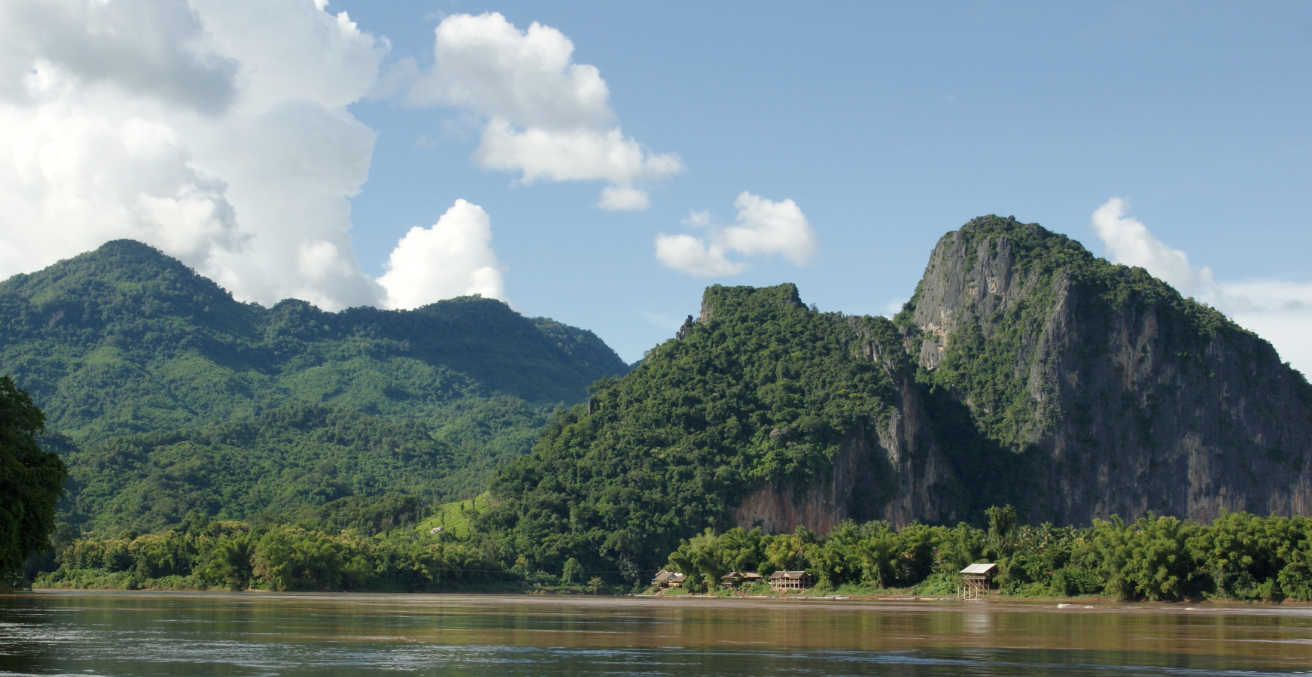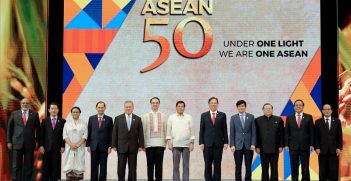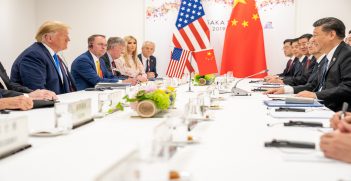Navigating Hydropower Along the Mekong River

Effective and equitable use of the Mekong River requires the interests of various stakeholders to be delicately balanced.
Solar and hydro are generally the first items that come to one’s mind when considering prominent renewable energy generation. Over 60 countries generate half of their electricity from hydropower. However, the feasibility of hydroelectricity projects is increasingly fraught with complex geopolitical problems, especially when the social, economic and environmental effects of such projects cross state boundaries. This is exemplified by the various disputes between a range of parties along the Mekong River: a river system that traverses over six different national borders and provides for approximately 72 million people. How can hydro power for such a river be effectively and ethically organised?
China is already one of the most powerful countries in east and south-east Asia, in terms of its population and economic strength. It is also the most upper riparian nation and thus has the most control over the state of the river system for lower nations. China has already built six major dams on the upper Mekong and hopes to build more. Laos, another upper riparian country, aims to become the battery of Asia. Whilst Thailand is using Laos to obtain hydro electricity to meet its increasing demands, it has the ability to construct dams. However, the Thai Government recognised the huge negative impacts such dams can have on the environment and the livelihoods of its citizens and has promised there would be no more domestic dam construction. Instead, the Thai Government has been funding dam projects in Laos, effectively exporting the negative externalities. Cambodia and Vietnam are the lowest countries connected to the Mekong and are also involved in developing their hydropower. However, they also stand to receive most of the negative impacts.
Hydro-electric dams are mega-projects that totally transform the surrounding ecosystem and effect the rest of the river system they flow into. Dams block migratory fish patterns, changing habitats whilst affecting water temperature and oxygen levels. The Mekong has some of the most abundant inland fisheries which provide local people with food and income. The annual value of the river’s fisheries for the whole of the Mekong is estimated to be US $3.9-7 billion.
The river flow regime, driven by monsoon rains, is a key factor in maintaining the biodiversity and productivity of the river system. The flood pulse transports large amounts of sediment and nutrients along the river and has created diverse floodplain habitats. This sedimentation is crucial for the rice fields in Vietnam, 50 per cent of which are located on the banks of the Mekong. Upstream dams trap sedimentation, not only reducing the capacity of the dams, but also disrupting the integral role sedimentation plays in downstream ecosystems.
Cooperation for the use of the river system was first attempted with the creation of the Mekong River Commission (MRC) in 1995, but only 4 countries agreed to join and work towards “equitable utilisation.” China and Myanmar’s refusal to join resulted in the MRC’s weak institutional capacity. Over time however, China has become more cooperative by providing data on water-levels in the flood season and cancelling the construction of some of its dams. This culminated in the creation of the Lancang-Mekong Cooperation Mechanism (LMC) in 2015.
However, questions remain over the authenticity of this cooperation due to the lack of transparency and non-involvement of the public in the decision-making process. Although information sharing exists, a substantial amount of information about the impacts of the dams remains inaccessible and China regards this as a “state secret”, imperative to national security.
There is also speculation regarding the true reasons behind China’s newfound cooperative stance. As leader of the LMC, China may be seeking to establish itself as a regional hegemon. It may well be used similarly to other China-created multilateral bodies, such as the Asian Infrastructure Investment Bank: to allow Beijing increased power to take initiatives and set rules. China hopes to gain control over security along the southern part of the Mekong to ensure trade and to stem criticism from lower riparian countries.
Only time will tell how effective the LMC is. China has previously set the tone for upper riparian countries to disregard the impacts of dams downstream. Laos, which was a part of the MRC, constructed three major dams without seeking consensus when developing and implementing these projects. There are still major differences in how states prioritise the use of the river. China and Laos both hope to become major exporters of electricity to the region whilst Thailand seeks to implement large-scale irrigation expansions. Conversely, Cambodia remains increasingly concerned about food security, and Vietnam is worried about rising saline levels in the Mekong river delta: issues both caused and exacerbated by dam construction.
For the LMC to be truly effective in improving relations between the countries, further transparency with data is required, especially regarding the impacts of the dams. Agreements on the regulation of water flow, adoption of mitigation technologies and social and environmental impact assessments are also needed. These assessments must consider not only domestic but also international implications. Ultimately, all countries must determine whether the benefits of energy production outweigh the consequent environmental losses and all other social and economic detriments that come with them.
Nicole King is in her final year of a double degree in Arts and Economics at the University of Sydney. She is currently undertaking an internship with the Australian Institute of International Affairs NSW.
This article is published under a Creative Commons Licence and may be republished with attribution.





